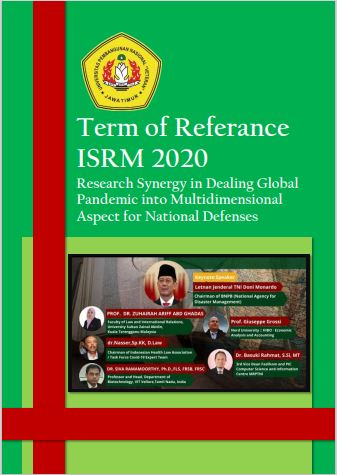Deep Learning Programming Using Python Case Study: Earthquake Prediction System
DOI:
https://doi.org/10.11594/nstp.2021.0962Keywords:
Python, deep, learning, earthquakes, and predictionsAbstract
Python programming language is reliable enough to solve Machine Learning and Deep Learning problems. This paper describes how to solve earthquake prediction problems using the Python programming language that runs in the Jupyter Notebook environment. With the python library used, namely Keras. Deep Learning programming for this earthquake prediction system is the following programming sequence: data preparation, Keras model determination, Keras model compilation, Keras model adjustment, Keras model evaluation, and prediction system creation. From the test results of the earthquake prediction system using the python programming language, the results are quite satisfying. The simulation results show the results of the Deep Learning training process for the prediction system of b-value as an earthquake precursor with several iterations of 10,000 times, the results of MSE, RMSE, MAPE, and the percentage of successful predictions are 5.43 x 10-5; 0.00737; 0.80897 and 99.19% respectively. The results of the Deep Learning testing process for the b-value prediction system as an earthquake precursor which was carried out during the five tests obtained an average of MSE, RMSE, MAPE and the percentage of successful predictions was 0.03886; 0.19003; 23.96459, and 77.75%.
Downloads
Published
Issue
Section
License
Copyright (c) 2021 Nusantara Science and Technology Proceedings

This work is licensed under a Creative Commons Attribution 4.0 International License.
Authors who publish with this proceedings agree to the following terms:
Authors retain copyright and grant the Nusantara Science and Technology Proceedings right of first publication with the work simultaneously licensed under a Creative Commons Attribution License that allows others to share the work with an acknowledgement of the work's authorship and initial publication in this proceeding.
Authors are able to enter into separate, additional contractual arrangements for the non-exclusive distribution of the proceedings published version of the work (e.g., post it to an institutional repository or publish it in a book), with an acknowledgement of its initial publication in this proceeding.
Authors are permitted and encouraged to post their work online (e.g., in institutional repositories or on their website) prior to and during the submission process, as it can lead to productive exchanges, as well as earlier and greater citation of published work (See the Effect of Open Access).







